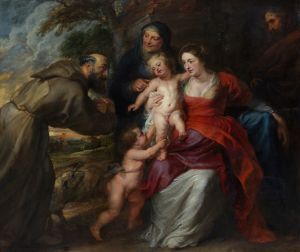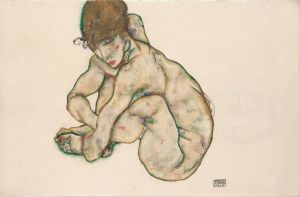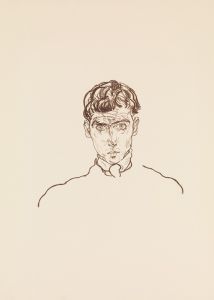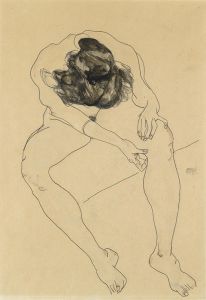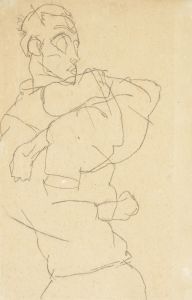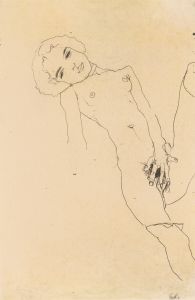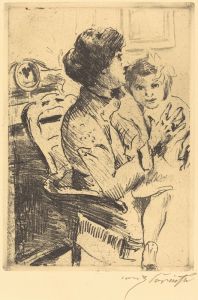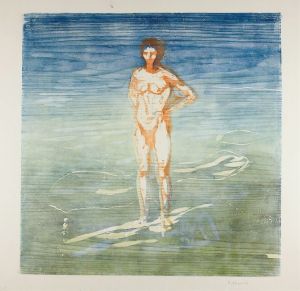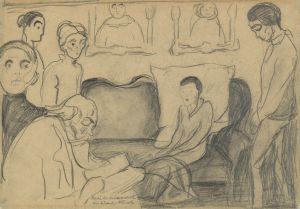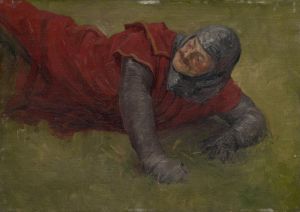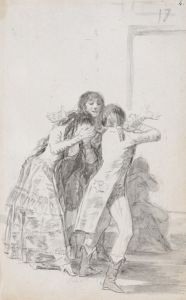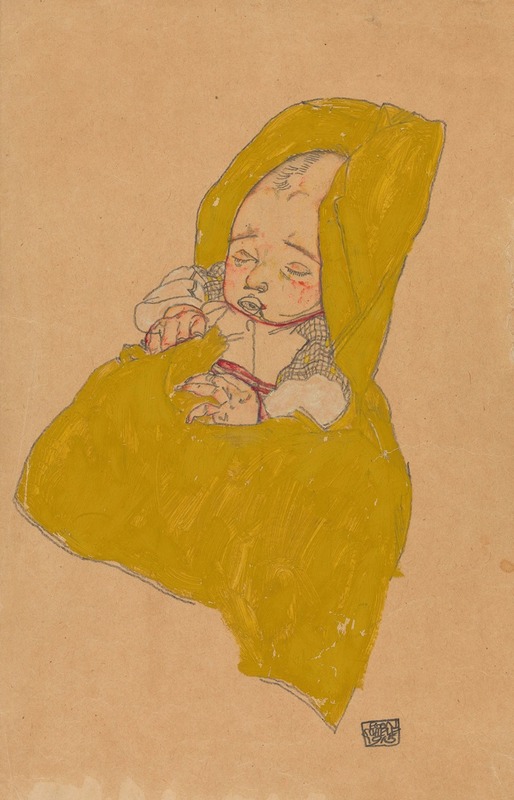
Säugling im Wickelpolster
A hand-painted replica of Egon Schiele’s masterpiece Säugling im Wickelpolster, meticulously crafted by professional artists to capture the true essence of the original. Each piece is created with museum-quality canvas and rare mineral pigments, carefully painted by experienced artists with delicate brushstrokes and rich, layered colors to perfectly recreate the texture of the original artwork. Unlike machine-printed reproductions, this hand-painted version brings the painting to life, infused with the artist’s emotions and skill in every stroke. Whether for personal collection or home decoration, it instantly elevates the artistic atmosphere of any space.
Egon Schiele's "Säugling im Wickelpolster" (translated as "Infant in Swaddling Clothes") is a notable work by the Austrian painter, who is renowned for his distinctive style and contribution to early 20th-century art. Schiele, a protégé of Gustav Klimt, is often associated with the Expressionist movement, and his works are characterized by their raw emotional intensity and unique approach to the human form.
"Säugling im Wickelpolster" was created in 1910, a pivotal year in Schiele's career. During this period, he began to develop his signature style, moving away from the influence of his mentor Klimt and exploring more radical and expressive forms. This painting is a part of Schiele's exploration of human subjects, often depicted in vulnerable or intimate settings.
The painting features an infant wrapped in swaddling clothes, a traditional practice that involves tightly wrapping a baby in blankets or cloths. This method is intended to provide comfort and security to the infant, mimicking the warmth and confinement of the womb. Schiele's depiction of the infant is both tender and unsettling, capturing the fragility and innocence of early life while also hinting at the constraints imposed by societal norms and expectations.
Schiele's use of color and form in "Säugling im Wickelpolster" is notable for its starkness and intensity. The palette is limited, with muted tones that emphasize the vulnerability of the subject. The infant's form is outlined with bold, almost harsh lines, a technique that Schiele frequently employed to convey emotional depth and psychological complexity. This approach reflects Schiele's interest in the human condition and his desire to portray subjects in a manner that reveals their inner experiences and emotions.
The painting is also significant for its composition. Schiele often employed unconventional perspectives and cropping in his works, and "Säugling im Wickelpolster" is no exception. The infant is positioned in a way that draws the viewer's attention to the face and hands, emphasizing the delicate features and the sense of confinement. This focus on specific elements of the human form is a hallmark of Schiele's style, highlighting his interest in the expressive potential of the body.
Egon Schiele's work, including "Säugling im Wickelpolster," has been the subject of much scholarly analysis and interpretation. His paintings are often seen as a reflection of the social and cultural tensions of his time, as well as his personal struggles and experiences. Schiele's art was controversial during his lifetime, with its explicit and sometimes disturbing imagery challenging the norms of early 20th-century society. Despite this, or perhaps because of it, his work has had a lasting impact on the art world, influencing subsequent generations of artists and continuing to captivate audiences today.
"Säugling im Wickelpolster" is housed in a private collection, and like many of Schiele's works, it is occasionally featured in exhibitions dedicated to his oeuvre. These exhibitions provide an opportunity for viewers to engage with Schiele's unique artistic vision and to appreciate the complexity and depth of his exploration of the human experience. Through paintings like "Säugling im Wickelpolster," Egon Schiele remains a significant figure in the history of art, celebrated for his innovative approach and his ability to convey profound emotional truths through his work.





